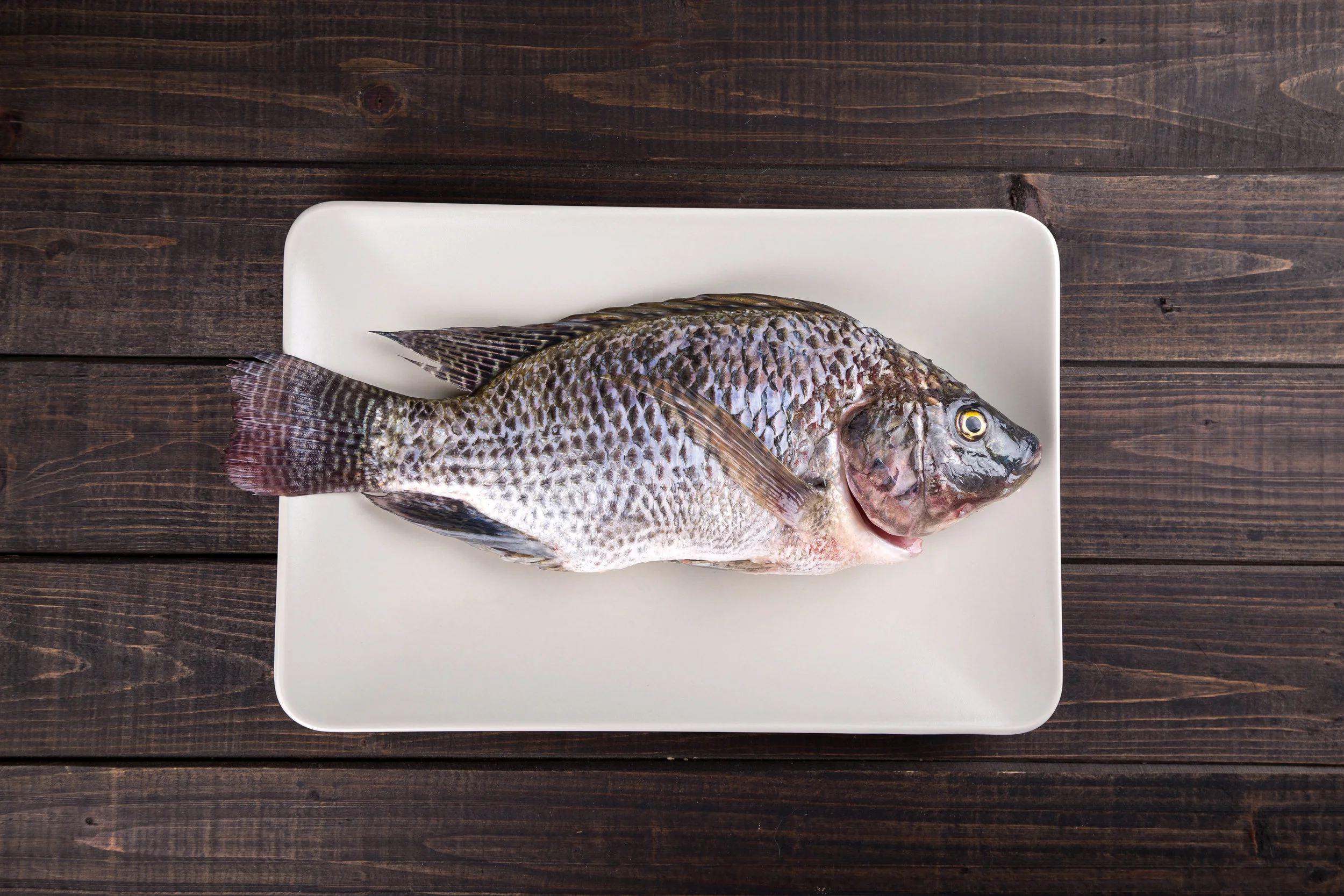Do you ever wonder where that fresh kale mix comes from? (Or if you’re among the dwindling anti-kale set, the arugula or basil?) When was it actually picked? How far did it travel in a stack of non-crushable containers in a refrigerated truck to get from “farm to fork?” You may be picturing the intentional hands of workers plucking tender greens under southern skies as you prepare your fresh repast. But you might be wrong.
Sustainable farming moves indoors—free from the elements
Indoor farming is on the rise throughout the world, from Chicago to China, and also in the 106-year old Hamm’s Brewing Co. in St. Paul, where an aquaponics farm for organic fish and greens opened in 2014. Here, Urban Organics grows striped bass and tilapia, basil, kale, watercress and Swiss chard. In 2017, Urban Organics obtained a second 87,000 sf space in the old Schmidt Brewery plant in St. Paul. It is 10 times larger than the first facility.
A new (old twist) on recycle, reuse starts with fish poop
Here’s the back story on soil-less farming: Hydro “of water” plus ponics, from the Greek ponein “to labor” describes plants grown without soil in water permeated with nutrients—such as byproducts from duck manure or fish waste. Hydroponics requires careful monitoring and produces toxins, such as high concentrations of ammonia that must be periodically flushed into other water sources.
Fish farming (or aquaculture) also produces toxins from concentrated fish waste that must be dumped into the water system.
But aquaponics combines systems of farmed fish and plant growth in a sustainable cycle where nutrient-rich water produced by fish waste is filtered and utilized by the plants growing in the system.
Aquaponics farms produce more cycles and more yield in each cycle than plants grown in soil, use less water, no pesticides, and can be located in city centers rather than verdant fields (thus reducing the farm to table distance). Aquaponics farms have been certified as organic (sometimes to the chagrin of soil-based organic farmers) and are being developed the world over to meet the growing food needs of populations.
In 2015, FarmedHere was reported to be the largest indoor farm in North America. Built in an abandoned warehouse on the outskirts of Chicago using “vertical growing technology” and local distribution methods, FarmedHere sustainably supplies fresh healthy produce from a small area, in the middle of a city center, regardless of the season.
Unlike traditional farming in non-tropical areas, indoor farming can produce crops year-round. All-season farming multiplies the productivity of the farmed surface by a factor of 4 to 6 depending on the crop. With some crops, such as strawberries, the factor may be as high as 30.
The new venue for Urban Organics will produce 275,000 pounds of Atlantic salmon and arctic char and 465,000 pounds of organic greens including kale, bok choy and arugula in 2018. It is said to be one of the largest aquaponics facilities in the world.
With only so much arable land in the world, a staggering 10 billion people to feed worldwide by 2056, and a changing climate featuring extreme weather events, Urban Organics is modeling a farming science that capitalizes on the benefits of hydroponic and aquaculture systems, and eliminates the drawbacks of both. In addition, this indoor farm produces fresh food in an area of St. Paul once considered a food desert.
It’s a great example of transformation in food production, building use, and Minnesota neighborhoods.



